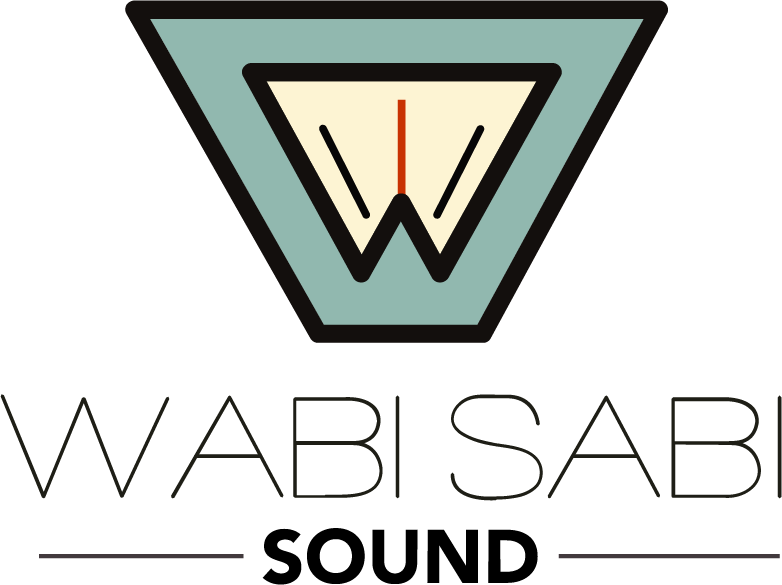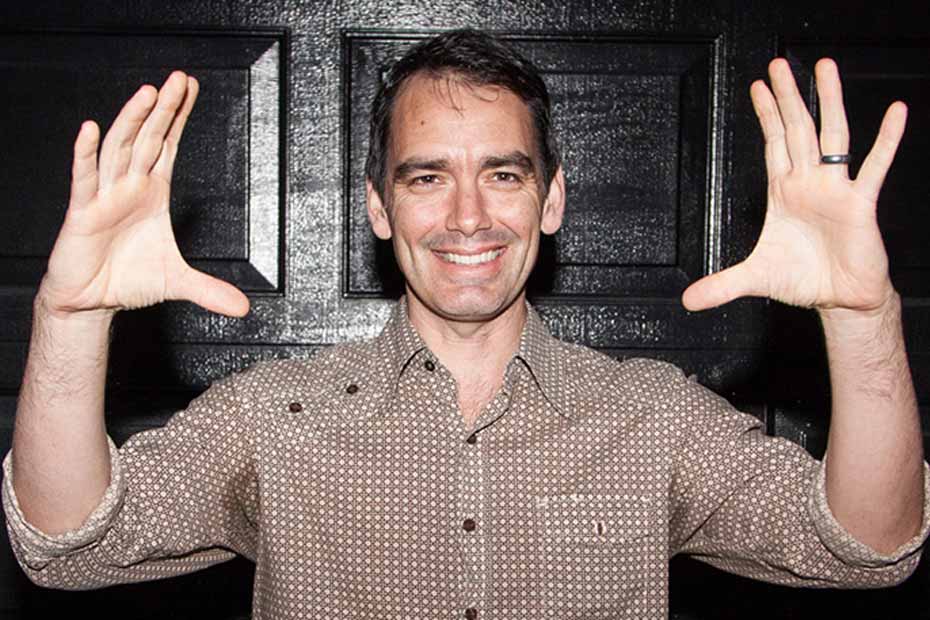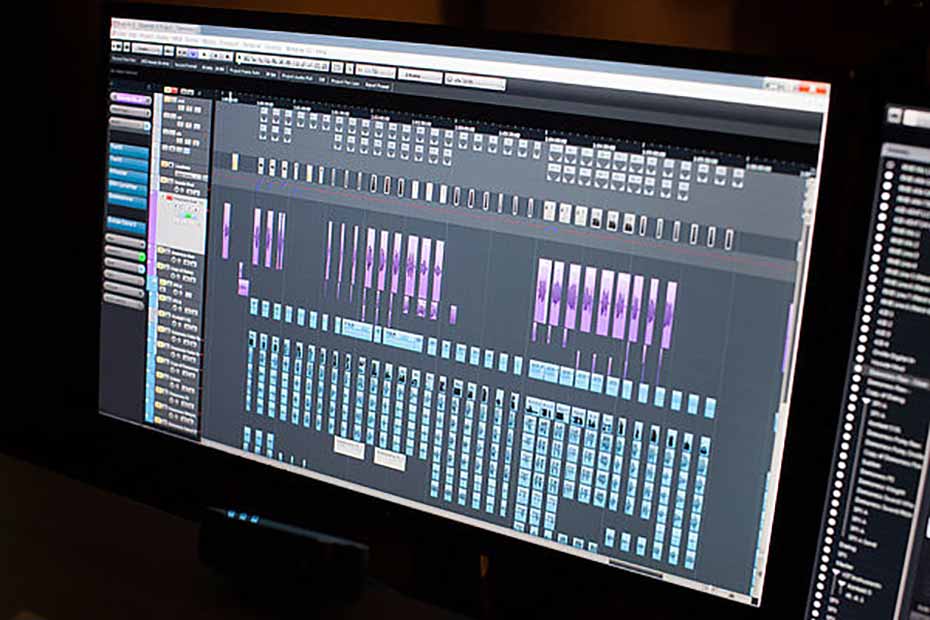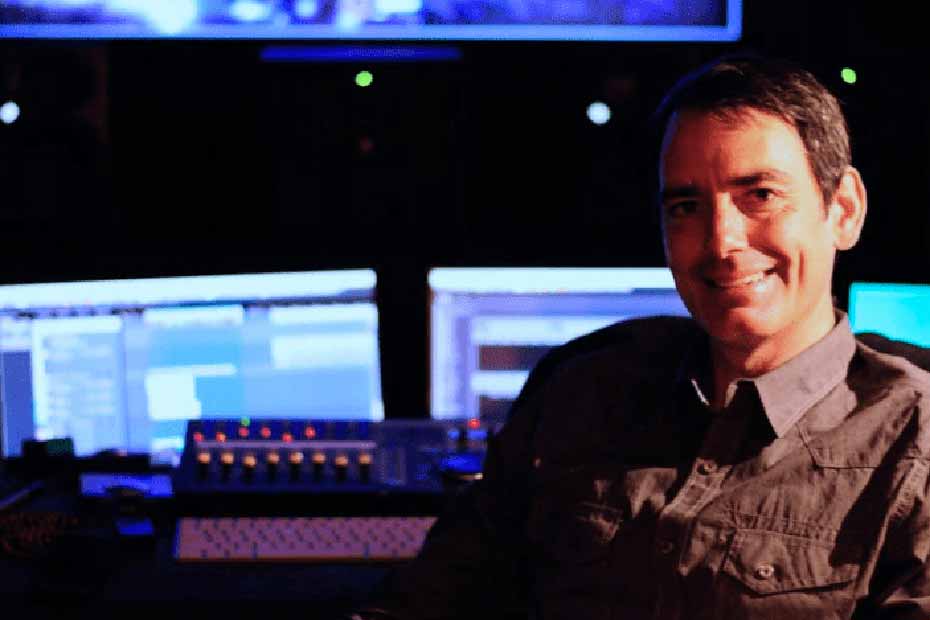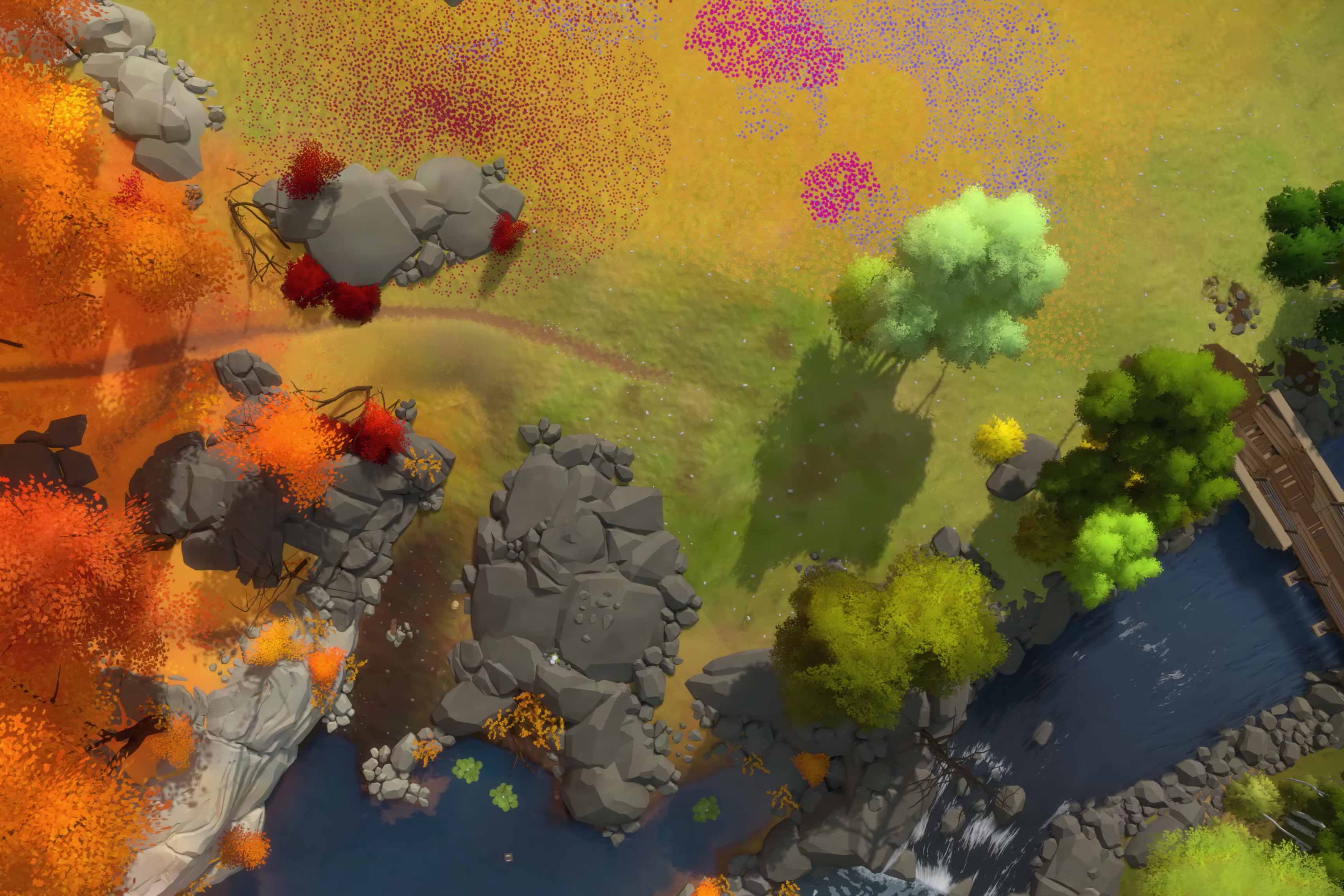SHARE THIS
Sound Designer Andrew Lackey Chooses Nuendo
By Paul Lipscomb, March 12, 2015
Andrew Lackey is meanwhile an eminent authority in the field of sound design. Starting off with smaller projects, his career has taken a gradual climb and, today, Andrew serves clients that include many of the industry’s biggest companies. In his Wabi Sabi audio-post house, Andrew supervises sound designers and several audio professionals, catering to the needs of major film, game and agency studios.
What inspired you to become a sound designer?
To me sound design has no boundaries. I love music, but at recording school I discovered things like sticking a mic in a piece of PVC pipe and running a fan on the other end for spaceships sounds. I was 100% hooked.
How did you get your start as a sound designer?
I hit the career lottery in 1998 by interning with Dane Davis a year before he started working on Matrix. I think I had worked up to a Foley supervisor on some low-budget films when we started working on it though. Months before we saw the first shots from production, Dane sent me home (very secretly) with the script. I came back the next day with a blown mind. I had read Neuromancer before that, so I was familiar with the whole cyberpunk thing. But, starting to think creatively about how to create sound for this world was awesome. Dane is brilliant as a sound designer, but as a story teller with sound, even more so. Even without any picture, he gleaned exactly what the film was about and the importance of its sonic elements. He also has a funny and lovable mad scientist aspect to him, and I got to be his Igor. Dane would say things like, “Find me all the electricity you can find.” So, I’d spend the next week calling prop shops and recycled electronics stores all around LA buying and renting Jacob’s Ladders, neon sign transformers and variable DC power supplies. I’ve got at least 100 crazy recording session stories from my time with Dane.
“… Nuendo to me is simply the very best DAW platform for post and games. Further, the new features that get announced year after year by Steinberg confirm for me that they get 100% what makes my projects and workflow better.”
What was the first big project you worked on as sound designer/mixer?
Go. Go was the first theatrically released movie I did… the first time I got the thrill of seeing my name on the big screen. It was a really great indie film, and since it was very low budget I got to jump a few rungs on the ladder in responsibilities. I was the Foley supervisor/editor/recordist on that.
Were there any specific challenges or difficulties you had during the course of that project?
Every project has challenges, or you’re not trying hard enough. I look back on those early projects as being somewhat awkward as a noob, but I was also pretty fearless in just soaking up any responsibility anyone would give me. I remember we used a foley stage that hadn’t been booked for a period of time. It turned out they had very few props, the Neve board in the room kept blowing caps and the video machine control was terrible. We just persevered though.
What inspired you to start Wabi Sabi Sound?
I wanted to start a company that focused on sound’s truly amazing power to evoke emotion. We live to discover the great potential of sound, is our motto. I know I risk being a total cornball by having a company motto, but when it’s true, it’s true. I think there is a growing understanding by directors, marketers and game devs about how powerful sound can be in telling their stories. At the same time, I think “audio post” as a class of services for producing entertainment properties often suffers from too much adherence to process and not enough to inspiration. At Wabi we could care less if you call something Foley or whatever… we are about interpreting and delivering our client’s vision (or aural equivalent) through the speakers.
What have been some of the advantages to being an entrepreneur in the sound design field?
I love sound, I like pushing envelopes and I like challenges. When I first considered starting out on my own, I learned something invaluable from John Van Dinther, my business and career coach: Do what you absolutely love and people won’t be able to help themselves from wanting a piece of it. It’s like bees to a flower. Sure you’ve got to be a good-looking flower to attract the bees… but the easiest way to do that is do what you love. So that advantages are doing what I love and (knock on wood) always having really awesome creative challenges to conquer.
How often are you collaborating with other designers on projects?
Daily. At this point I am a supervising designer, so in addition to my own handy work I’m managing and inspiring other designers and other audio professionals.
What has been your favorite project to date as a sound designer/mixer?
I have special places in my heart for all of them. However, I’m working on two projects now that I think will make the all-time favorites list when it’s all said and done. The Witness and Ori and The Blind Forest. They are both from independent game developers and really have a lot to say. It’s really nice when you feel like your contribution on a project was significant, and to some degree the public notices it. For that reason Matrix and the Dead Space Trilogy are special. The Disney film Treasure Planet was really special to me, but unfortunately fell flat with audiences at the box office. However it seems a lot of people have seen it on DVD and love it.
What made you choose Nuendo as your primary DAW when you started Wabi Sabi Sound?
When you look at the company I built I think it’s pretty obvious. I care about results not process. I didn’t take the choice lightly to buck mainstream platforms, but Nuendo to me is simply the very best DAW platform for post and games. Further, the new features that get announced year after year by Steinberg confirm for me that they get 100% what makes my projects and workflow better.
Are there any specific plug-ins that are integral to your creative process?
Izotope’s stuff, Sonnox Suite, Uhbik, Audio Ease and frankly a lot of stock Nuendo plug-ins like Pitch Driver and Vintage Compressor.
What advice would you give to someone wanting to get into the sound design/audio-post field?
Find the best opportunities you can. Do the absolute best you can. Be kind and decent to work with. Repeat. Also, if a situation isn’t working for you… get up and go… everything will work out.
If you could have one tool designed to implement into your creative process, what would it be?
Game audio designers have been working with borrowed (post and music) tools since the beginning of time. I have about 12 tools I’d like.
What are some of the advantages to workflow Nuendo allows you to have over other DAWs?
Import CSV, marker features and batch export/naming functionality saves me weeks/years of audio asset wrangling. The ADR taker feature is awesome. Loudness track… very handy. I’m in the middle of too many projects right now to upgrade to 6.5, but the Bass Management feature…THANK YOU in advance.
Visit Andrew Lackey at www.wabisabisound.com.
References:
Ori And The Blind Forest
https://www.orithegame.com/blind-forest/
The Witness
the-witness.net
Cinemacity Trailer
www.standardvision.com
